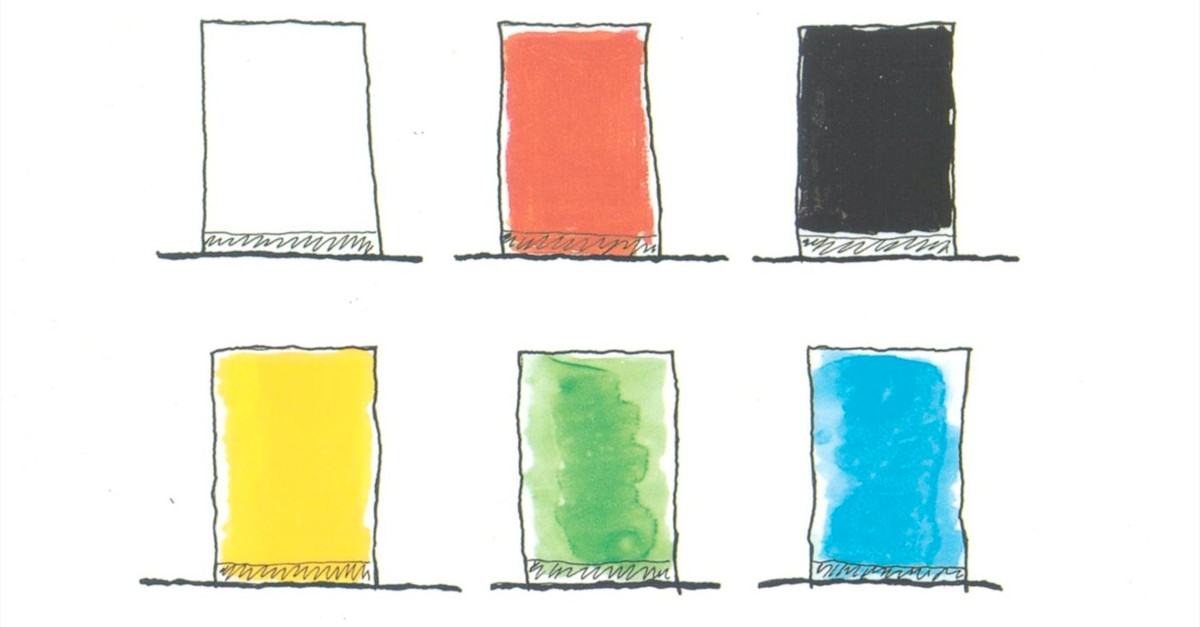Emotional intelligence is a tricky subject. It doesn’t conform to our usual methods of testing or quantification. After all, you can’t give someone a pop quiz on empathy or create flashcards to learn self-awareness. Emotional intelligence is something you must cultivate naturally through social interaction and personal reflection. But every student is unique, and what works for one may not work for another. So, how do we go about implementing social-emotional instruction in our classrooms?
Edward de Bono was a psychologist who penned the idea of six “thinking hats”. To put it simply, Bono believed that people tended to gravitate toward six ways of thinking. By better understanding these six mindsets, humans could learn to communicate and collaborate more effectively. While chiefly utilized in business environments, these thinking hats can also be found within the classroom. By recognizing how our students think, as well as how they express themselves, teachers can formulate better strategies for encouraging social-emotional growth.
Which Hat Do They Wear?
Here is a brief overview of Bono’s six thinking hats:
- White Hat: Facts – Students who think using the white hat tend to have a neutral and objective outlook. They are concerned with hard data and prioritize the facts over everything else. This can be a real asset when tackling assignments, but it can also cause them to come off as cold and insensitive. White hats may need to practice social awareness and relationship skills through regular reflection.
- Red Hat: Emotion – A student who wears the red hat is often more intuitive and acts on instinct. As you might expect, this can cause them to put their feelings before the facts of a situation, which can be troublesome. However, it also means they are more aware of their emotions and better at communicating them to others. In the end, self-management will be the best tool for their social-emotional growth.
- Yellow Hat: Benefits – Students who wear the yellow hat are what we would consider optimists. They tend to look on the positives of a situation and the advantages of good ideas. Yellow hat students are great for seeing the possibilities in projects and relationships. However, they can also be reckless, looking only at the potential gains without considering the negative consequences to those around them. In this case, be sure to emphasize the importance of responsible decision-making.
- Black Hat: Risks – The black hat students are the polar opposite of their yellow hat peers. Wearers of the black hat tend to approach things (both ideas and relationships) with care and caution. They are the ones asking what problems could arise and what potential disadvantages could result. This attitude can make them reliable, but it also means they can have trouble building relationship skills.
- Blue Hat: Process – The blue hat represents “Big Picture” thinking. Students who channel it tend to demonstrate skills in leadership and are good at coordinating assignments. When communicating or interacting with their fellow students, blue hats need to be intentional about practicing their relationship skills. A top-down view means they can have a hard time recognizing the contributions of others and miss the smaller emotional details. Social awareness and relationship skills will be key to their growth.
- Green Hat: Creativity – Green hats are the amazing dreamers of the class. They are a fountain of new ideas and good at creating solutions. For green hats, discipline and social awareness will be important. Sometimes they will need to slow down and recognize that a situation doesn’t need a solution. Sometimes their peers just need someone to sit and listen to them while they process their emotions.
Mix and Match
Of course, we are not permanently bound to any one hat. Students will likely mix and match them as they grow. But by understanding which thinking hats our students gravitate towards, educators will have a better idea of how to engage their students. Try to get kids to think outside the box by pairing them with students who think differently. You could also create physical hats and encourage kids to hear them as a way of exploring a different mindset. Fostering emotional intelligence takes time, but if anyone can do it, you can!
*Today’s image brought to you by Six Thinking Hats by Edward de Bono.

